The romance of steam trains has captured millions all over the world.
Anyone who has watched Thomas The Tank Engine, Murder on the Orient Express or taken a ride in one can attest, that steam trains still hold a special place in our imaginations.
Steam trains burn coal in a firebox to boil water until it turns to steam. The steam is forced through powerful pistons to give the engine the power to drive the wheels.
The first steam locomotive was operated on 21 February 1804 in the United Kingdom.
They were superseded by electric and diesel locomotives in the late 1930s with the majority of steam locomotives retiring from regular service by the 1980s.
Maybe that’s why Ipswich’s Workshop Rail Museum has proven so popular. Or maybe it’s the little facts of unknown history which lie beneath the colourful facade.
Ipswich First discovered 5 things you may not know about The Workshops Rail Museum
1. Electricity came first
The Powerhouse is the beautiful brick building near the café. It was one of the first buildings completed at the workshops in 1902.
The 2-phase 60 cycle system provided electricity to the 200 electric motors on site at least 15 years before electricity came to Ipswich itself.
Electricity was also provided to the Ipswich Railway Station and shunting yard on the south side of the Bremer River.
2. Last Chance to see Mephisto
Of Germany’s A7V Sturmpanzerwagen, only 20 were ever built for use in war. They saw limited service on the Western Front in 1918, and today only one survives, number 506, “Mephisto”, making it the rarest tank in the world.
Most of the other tanks were scrapped in the years following the Armistice.
The figure of Mephistopheles, a red smiling Faustian demon, with a British tank tucked under its arm, was painted on the tank.
In July 1918 a detachment of soldiers from the 26th Battalion, mainly comprised of Queenslanders, helped recover the abandoned tank and drag it back to the allied lines.
Brought to Australia in 1919 as a war trophy, Mephisto has been housed mostly at the Queensland Museum in Brisbane. It has also spent time at the Australian War Memorial in Canberra and at The Workshops Rail Museum since 2013. Early next year it will be returned to the Brisbane for permanent display in a new Queensland Remembers Gallery, which is due to open late 2018.
3. Colourful gardens dotted the sooty landscape
Gardens were a little known feature of life at the Ipswich Railway Workshops, with workers putting a great deal of effort into landscaping around their workshops during meal breaks and spare time.
Features included fruit trees, blowing greens and fishponds. Various parts of the workshops would try to outdo each other with the most elaborate and beautiful garden spaces. You can still see evidence of some of these gardens today.
George Berrell worked at the Workshops for over 30 years from 1965 and he tells his recollections of the gardens in Memoirs of the Queensland Museum – Culture journal.
He remembers one of the workers, Lloydy Hughes, was a bowler and he even had a little mini bowling green about 3.5 metres by 1.2 metres. He also used to have fancy flowers and sweet peas in his garden.
“They used to have every so often, a garden competition and they would go around and inspect the gardens and landscaped areas and those sections would get a little medallion or plaque to say they had won the garden competition, and it really did help to tidy the areas up a lot.”
4. Ipswich was the birth place of rail in Queensland
The very first Queensland rail line opened from Ipswich (near The Workshops) to Bigge’s Camp (now Grandchester) on 31 July 1865.
But before that opened, the first locomotive to move under its own steam was named ‘Faugh-A-Ballagh. It took a test run from North Ipswich to Wide Gully with two carriages attached on the 11th of January, 1865.
Back then they burnt firewood from alongside the line rather than coal.
5. The new Hunslet exhibit
After five years of restoration and seven years of planning, the Hunslet No. 327 locomotive has been bought back to it’s original First World War configuration and is the newest exhibit at the museum.
The small locomotive has had an extraordinary life, after being built by the British War Office during the First World War and dispatched to France to move munition and supplies to the front lines.
It was not expected to last more than about six weeks during the war, and not only came out relatively unscathed but went on to serve more than 40 years hauling sugarcane.
In June 1920 it was bought by the Queensland Government and shipped to Mackay to begin work as a cane train at the North Eton Sugar Mill.
It retired in 1964 and ended up in Eton’s Langford Park. It was donated to the Workshops Rail Museum in 2005.
The Workshops Rail Museum attracts as many as 100,000 visitors every year.
Admission: Adult: $14.50; Concession: $12.50; Child (3-15 years) $11.50; Child (under 3 years) Free; Family (2 adults and up to 4 children): $44.50
View the full program at theworkshops.qm.qld.gov.au.

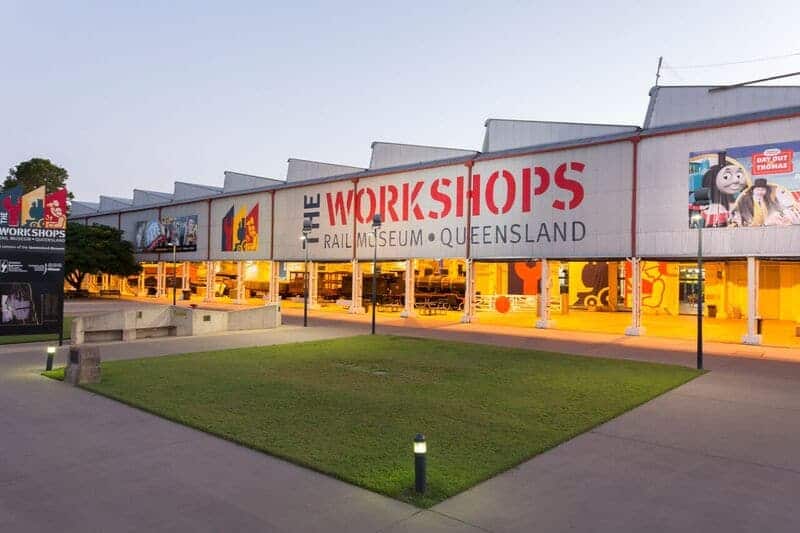
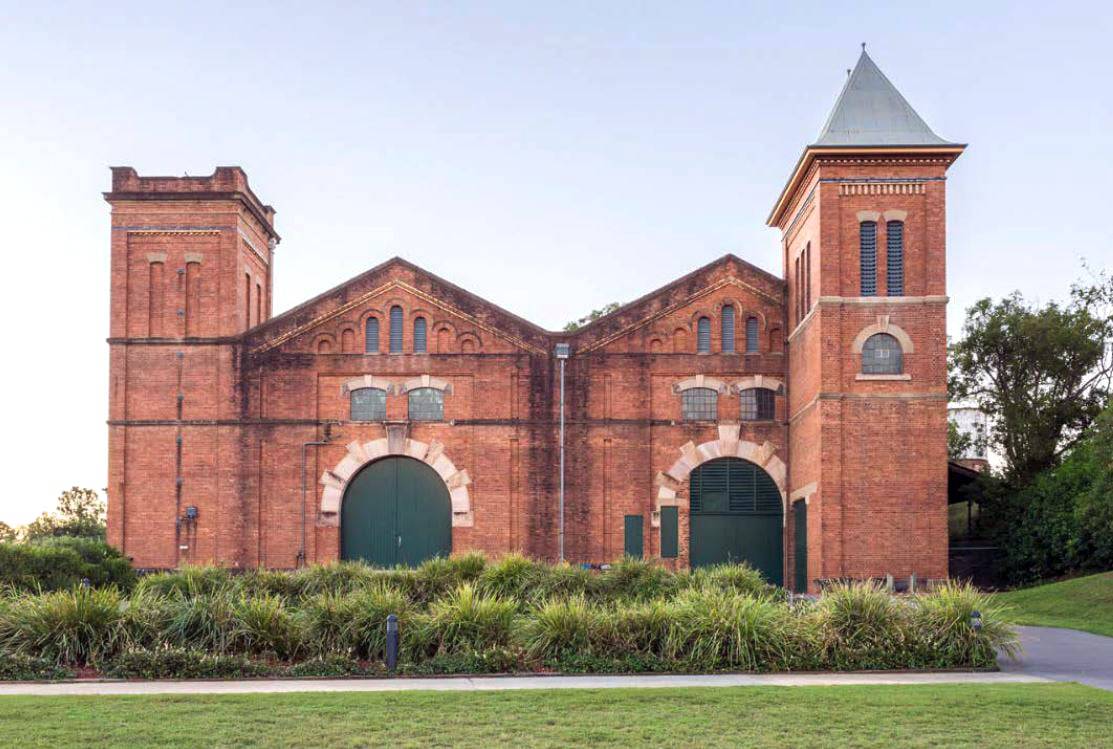
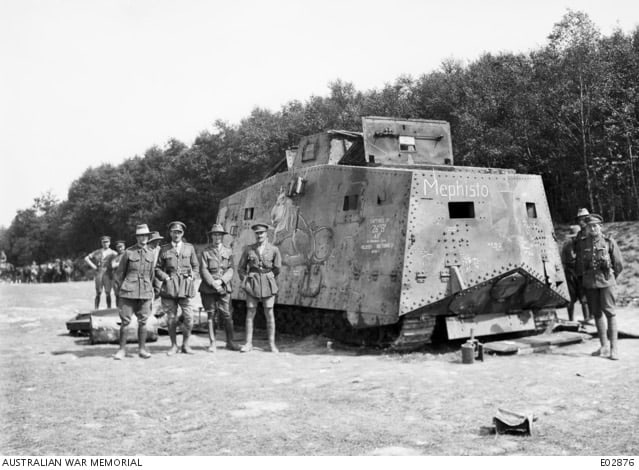
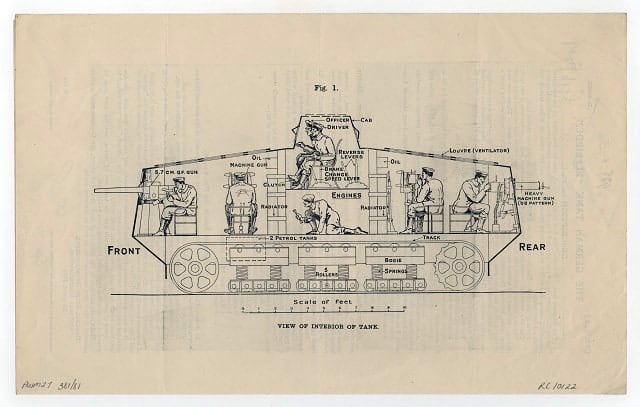
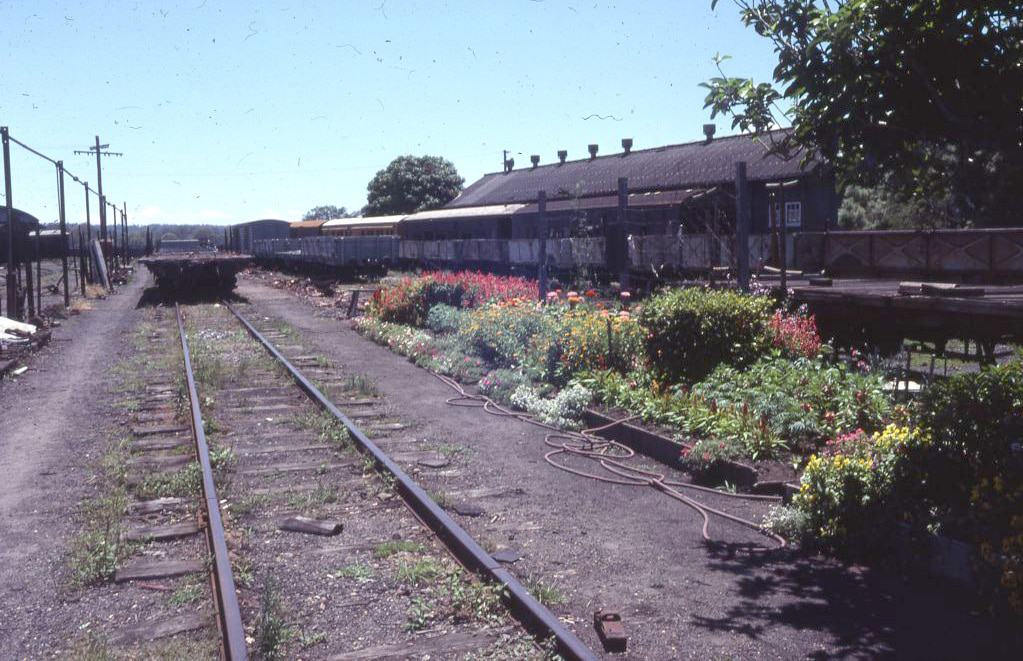
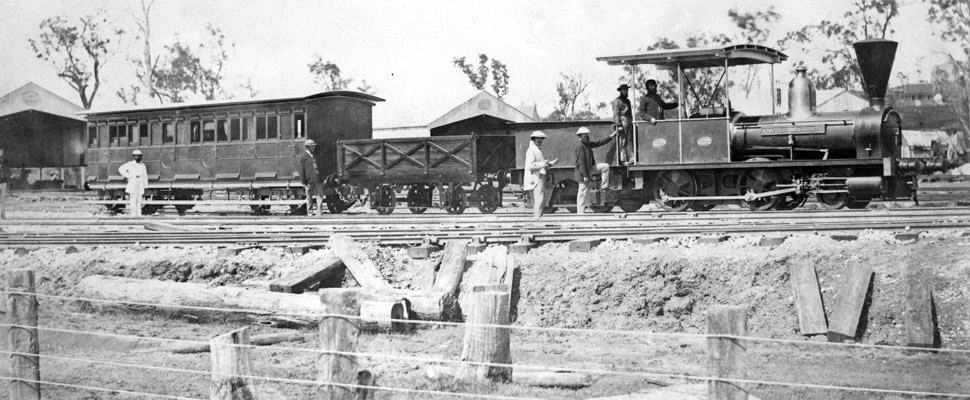
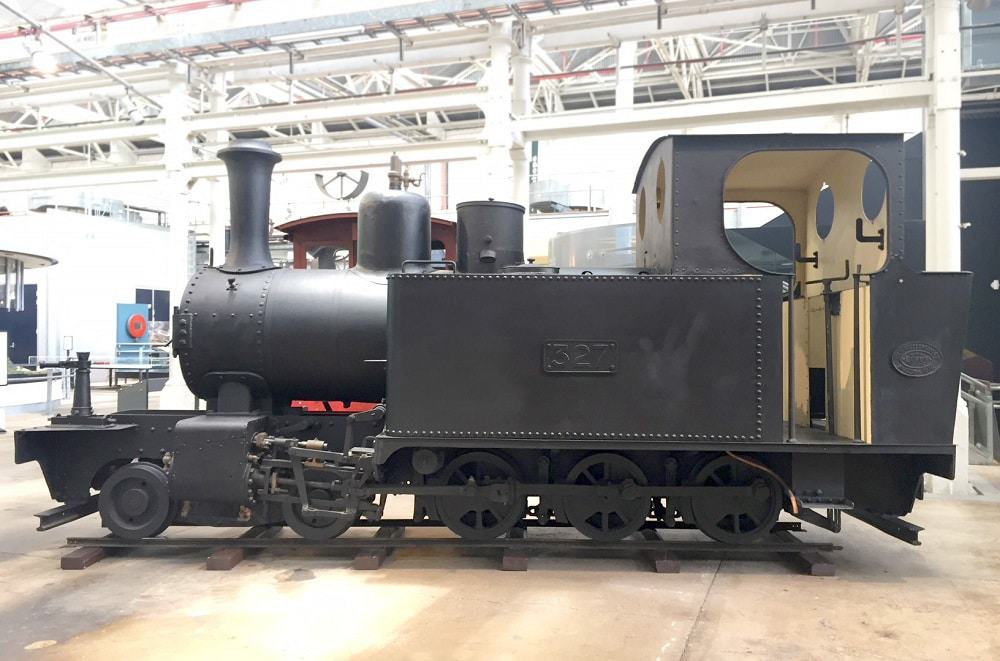
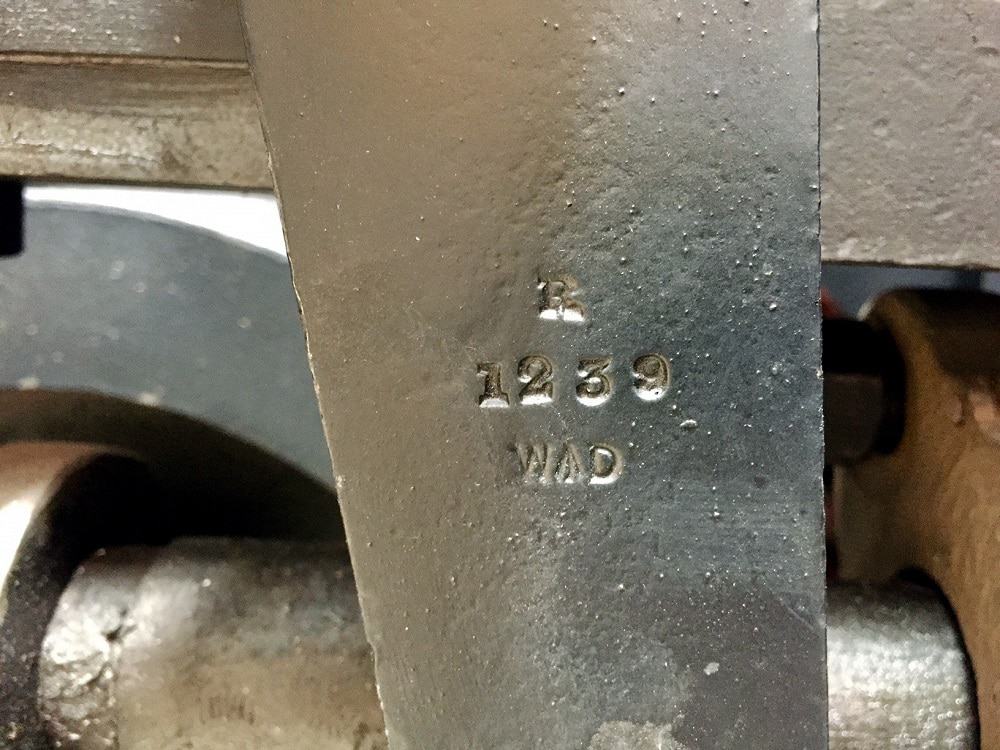
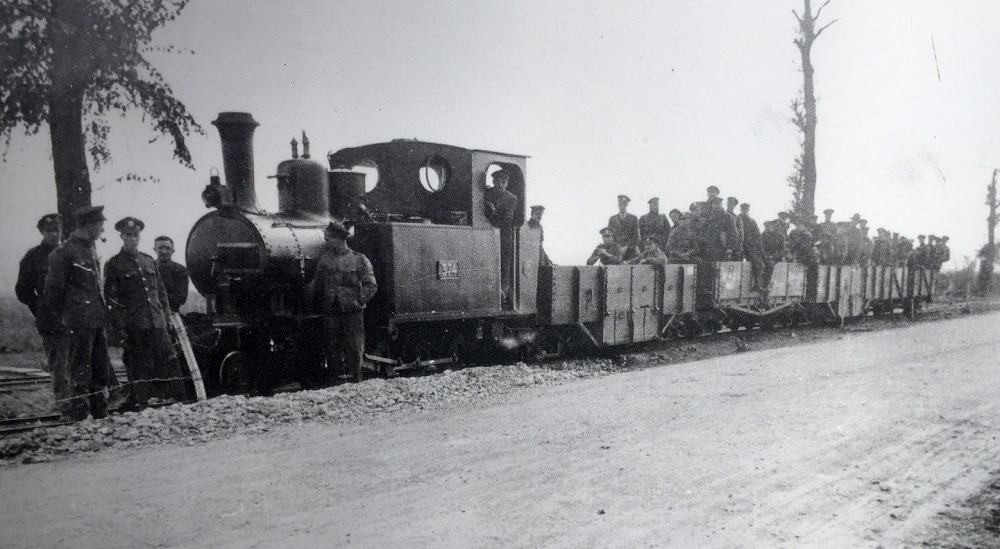
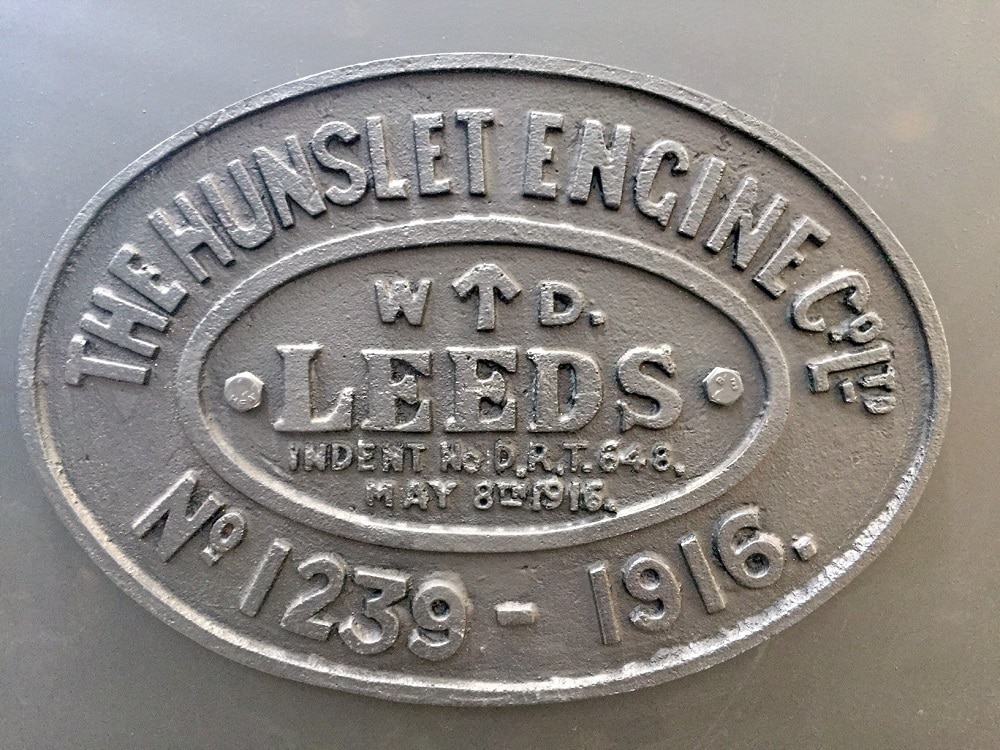
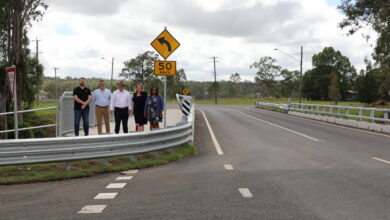
4.5
What I did not know when I visited was that health and safety had gone mad and closed half the museum . No longer able to do a tour of the workshops . This tour was the highlight so disappointing